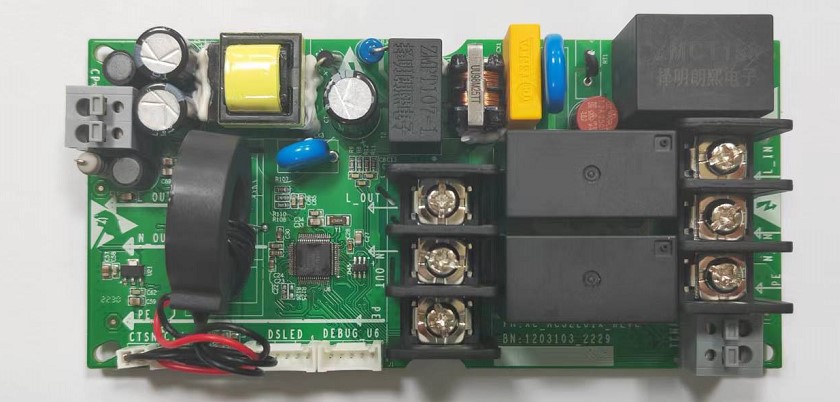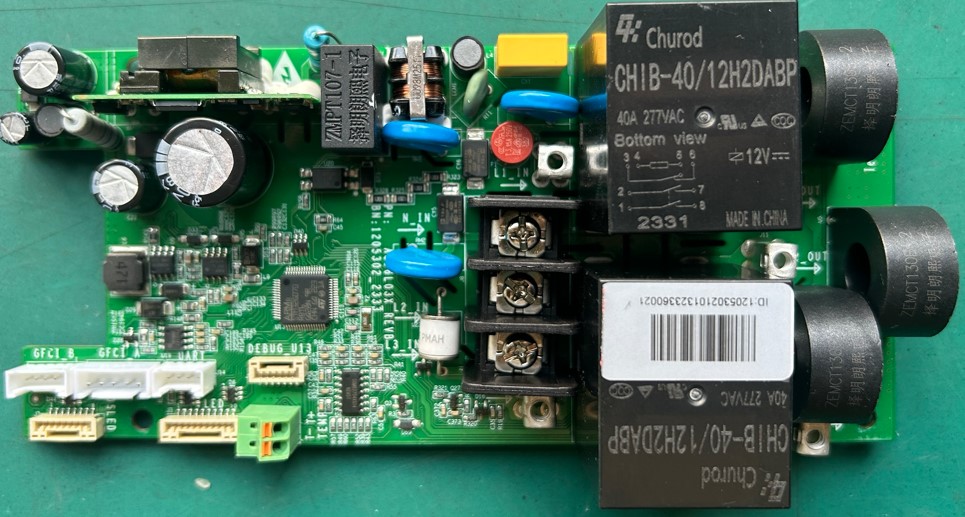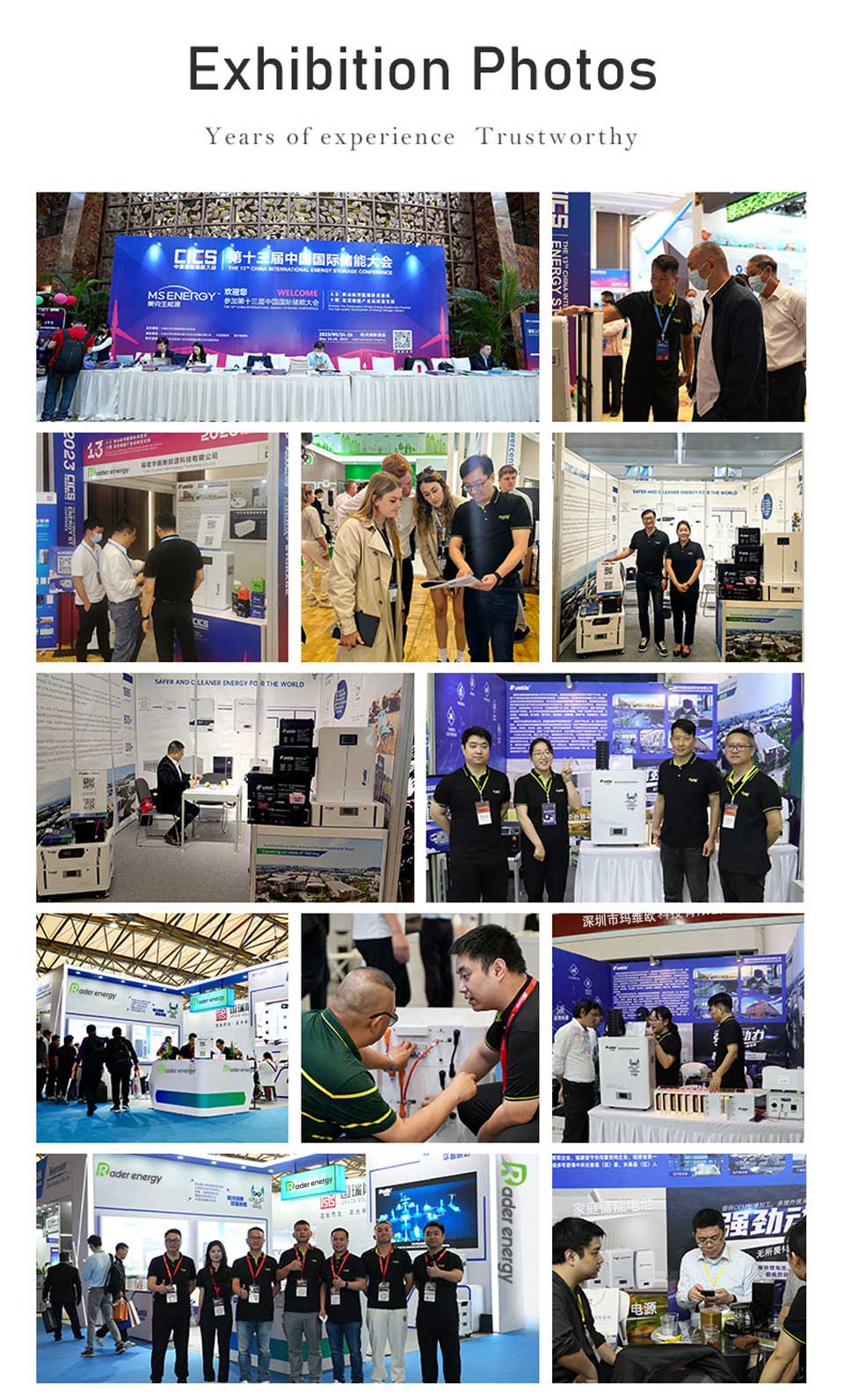Single-Phase vs. Three-Phase Power for EV Chargers: Which Should You Choose?
Hey there! If you’re confused about whether to use single-phase power or three-phase power for your EV charger, you’re not alone. Let’s break it down in plain English—no engineering degree required!
Single-phase power is like the “basic” option for charging.
Voltage: 220V (standard household outlets).
Setup: Uses one live wire (L) and one neutral wire (N), plus an optional ground wire for safety.
Best for: Low-power EV chargers (7kW or 11kW) that don’t need lightning-fast speeds. Perfect if your car charges overnight or while you’re at work.
Pros: Cheap to install, no fancy permits needed.
Example: Most home AC chargers run on single-phase power. It’s slow but reliable—think “Netflix binge” charging.

- Maximum current: 40A.
- Supports LED breathing lights and touch buttons.
- Four - level current settings with a memory function. That is, after power - on, it defaults to the most recently used current level, so you don't need to set it repeatedly.
- Comes with multiple safety protections: ground detection, relay adhesion detection, over - and under - voltage protection, overload protection, over - temperature protection, leakage protection, surge protection, etc.
- Can produce products that meet Chinese, European, and American standards (the PCBs are not shared, and there are differences in the circuit and software settings).
Three-phase power is the VIP lane for EV charging:
Voltage: 380V (common in commercial/industrial spots).
Setup: Three live wires (L1, L2, L3) + a neutral wire (N).
Best for: High-power chargers like 22kW AC or DC fast chargers. Need a full battery in 1-2 hours? This is your jam.
Pros: Superfast charging, ideal for busy fleets or public stations.
Reality check: Installing three-phase power isn’t DIY-friendly. You’ll need to:
Submit a request to your power company.
Get a site inspection.
Sign contracts and balance loads (yep, paperwork galore).
Three-phase, 22KW (3*32A).
It supports a 1.8-inch TFT display screen, running water lights and buttons.
It has multiple safety protections, such as ground detection, relay adhesion detection, over-voltage and under-voltage protection, overload protection, over-temperature protection, leakage protection, surge protection and so on.
It supports the detection of the CC cable capacity and can automatically limit the maximum current output.
It can produce products that meet Chinese and European standards.
Homeowners: Stick with single-phase for overnight charging—it’s wallet-friendly and gets the job done.
Businesses: Go three-phase to attract EV drivers ($$$ revenue!) and keep delivery vans rolling.
Future-Proofing: As EVs get bigger batteries (lookin’ at you, electric trucks!), three-phase chargers will dominate.

Choosing between single-phase and three-phase po
"Revolutionizing energy storage, advancements in
Here is an introduction to one of the best batte
Contact: Thomas
Phone: +8618025306280
Tel: +86-0755-32872175
Email: hello@raderenergy.com
Add: Block A, Ketujia Building, Fucheng Street, Longhua District, Shenzhen, PRC